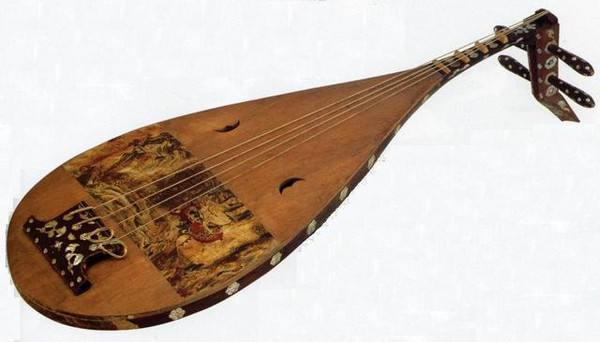The ancient melodious pipa narrative poem -- the famous song "Xunyang Night Moon" detailed interpretation
"Xunyang Night Moon" is a traditional music full of legend and profound historical and cultural heritage. It comes from the scene described by Bai Juyi, a famous poet in the Tang Dynasty, in "Pipa Song" -- the moonlight scene at the head of the Xunyang River. Inspired by literary works, this piece has gradually formed a unique artistic style through the inheritance and development of musicians throughout the ages, and has different interpretation forms and names in different historical periods, such as Wang School later changed its name to "Xunyang Pipa" or "Xunyang Song", showing its important position in Chinese traditional music culture.

"Xunyang Night Moon" with its deep and poetic melody Outlines a vivid historical picture, it not only describes the silence and sadness of Xunyang City beside the Yangtze River under the moonlight at night, but also expresses the ancient literati's feelings and reflections on parting, wandering and life circumstances. The melody twists and turns, using a variety of pipa playing techniques, such as push-pull, rolling, picking and other techniques, to delicately depict the river, the moon's shadow swaying and the subtle changes in the characters' inner world.
In history, "Xunyang Night Moon" has undergone many adaptations and re-creations, and each iteration has integrated aesthetic concepts and emotional expressions of different times. From the initial description of the text to the final development of an independent pipa solo, its spreading process is also a powerful example of Chinese traditional music constantly absorbing literary nutrients and carrying out innovative practice.
In the modern version, "Xunyang Night Moon" not only retains the solemn and restrained classical music, but also gives a richer emotional level and modern hearing experience. It uses the language of music to reproduce the specific time and space situation of a thousand years ago to the ears of the world, so that the audience can feel the lonely but full of stories on the moon night by the bank of the Xunyang River across time and space.
To sum up, as a treasure of traditional Chinese pipa repertoire, "Xunyang Night Moon" has successfully transformed literary mood into musical language through continuous inheritance and innovation, which not only shows the unique charm of ancient Chinese music culture, but also continues to glow with vitality under the new era context and continues the spiritual blood of Chinese music culture.
 渝公网安备 50010702504639号
渝公网安备 50010702504639号